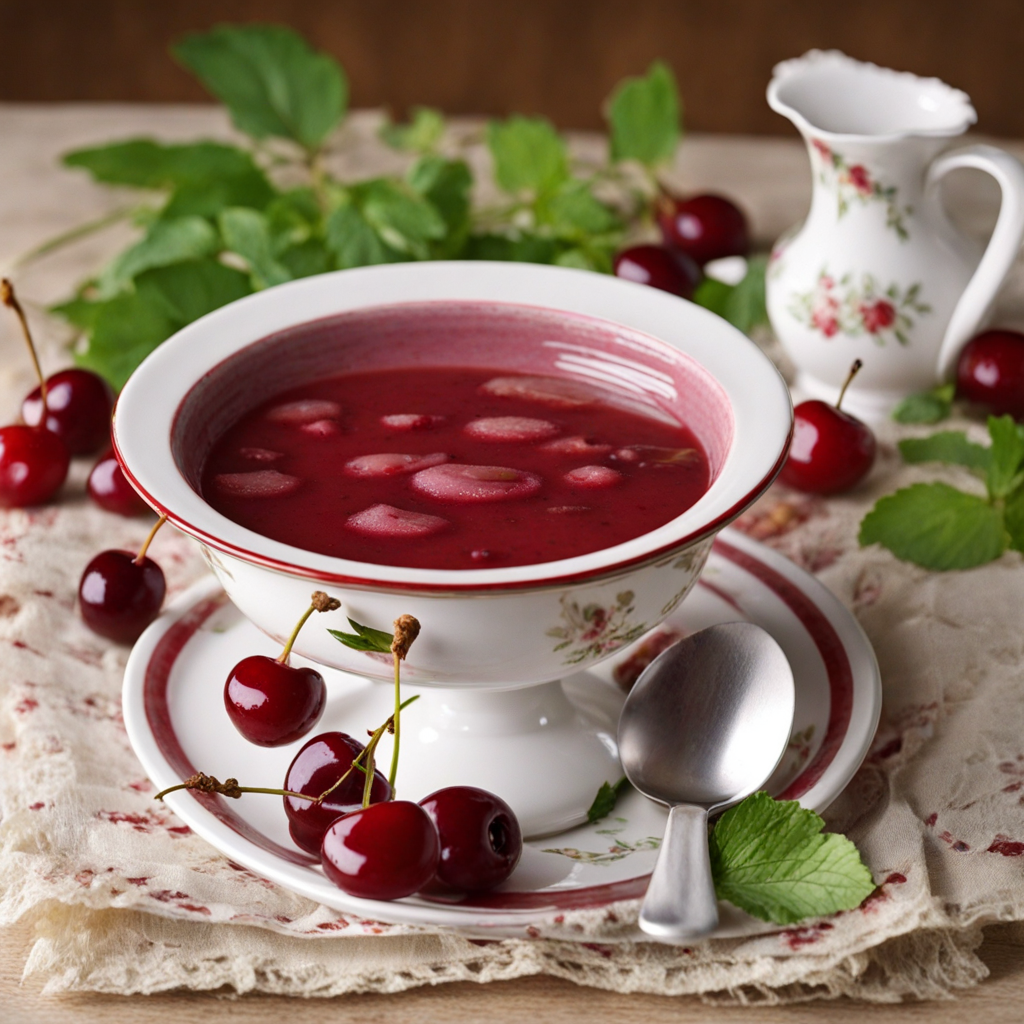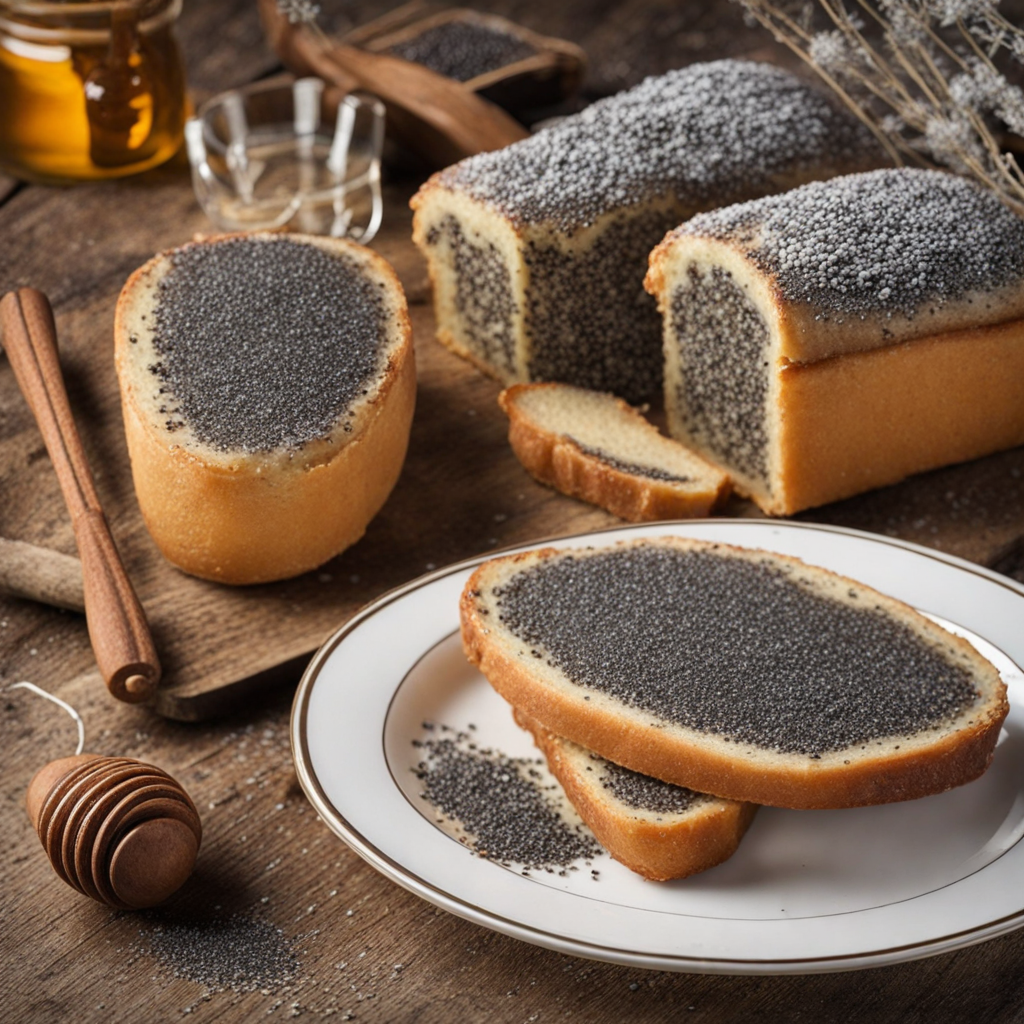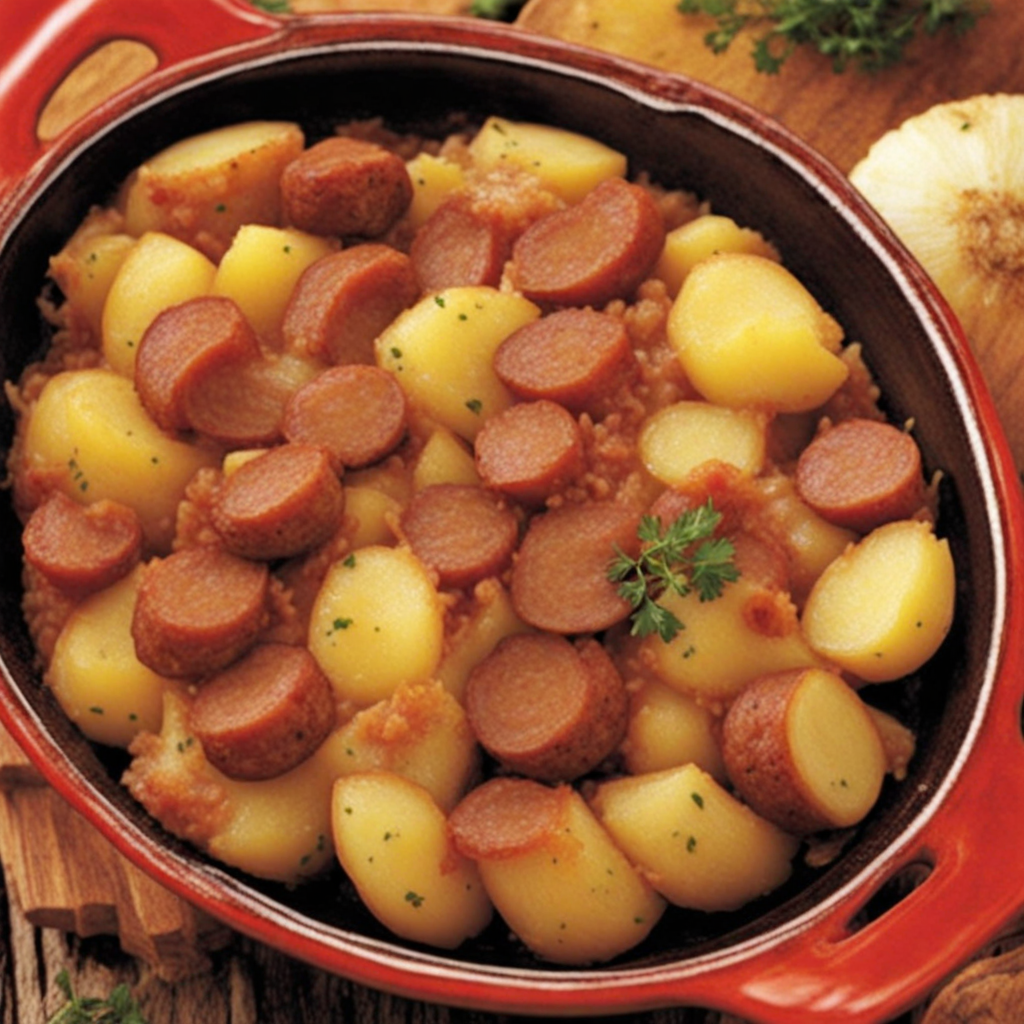Hortobágyi Pancakes
Hortobágyi Pancakes, also known as Hortobágyi palacsinta, are a delightful Hungarian dish that beautifully marries the flavors of savory fillings with the soft, delicate texture of crepes. These pancakes are made from a thin batter that is cooked until golden and lightly crisp on the edges. The key to their charm lies in the filling, which typically consists of a mixture of sautéed meat, often chicken or veal, combined with onions, paprika, and sometimes mushrooms. The filling is seasoned to perfection, creating a rich and hearty taste that contrasts wonderfully with the lightness of the pancake itself. Once the pancakes are filled and rolled, they are often baked in the oven with a generous ladle of creamy sauce poured over the top. This sauce, usually made from sour cream and sometimes enriched with additional paprika or cheese, adds a luxurious touch to the dish, enhancing its flavors and giving it a comforting, homestyle feel. The baking process allows the flavors to meld, resulting in a dish that is warm, satisfying, and bursting with culinary richness. Served hot, Hortobágyi Pancakes are often garnished with a sprinkle of fresh herbs or a drizzle of additional sauce, making them as visually appealing as they are delicious. This dish embodies the essence of traditional Hungarian cuisine, where simple ingredients are transformed into something extraordinary. Whether enjoyed as a main course or a hearty snack, Hortobágyi Pancakes invite food lovers to experience the unique and vibrant flavors of Hungary.
How It Became This Dish
The Enchanting Journey of Hortobágyi Palacsinta: A Culinary Gem of Hungary #### Origins and Historical Context Hortobágyi palacsinta, often simply called palacsinta, is a delightful Hungarian dish that embodies the rich culinary heritage of Hungary. The name "Hortobágyi" refers to the Hortobágy region, a vast plain located in eastern Hungary, known for its pastoral beauty and traditional Hungarian shepherd culture. The origins of palacsinta can be traced back to the medieval times of Hungary, when pancakes were a staple food, enjoyed by both the nobility and peasantry alike. Palacsinta itself is akin to crêpes, but the Hungarian version is thinner and often filled with various sweet or savory ingredients. The dish has evolved over the centuries, absorbing influences from neighboring countries while maintaining its unique Hungarian essence. The introduction of various fillings, particularly savory ones, can be attributed to the agricultural lifestyle of the Hortobágy region, where farmers and shepherds sought hearty, portable meals that could sustain them throughout the day. #### Cultural Significance Hortobágyi palacsinta is not just a dish; it is a representation of Hungarian culture, community, and tradition. The dish is often associated with family gatherings and festive occasions, symbolizing hospitality and the spirit of sharing. In Hungary, food plays a central role in social interactions, and palacsinta, whether sweet or savory, often graces the tables during celebrations, holidays, and everyday meals alike. The savory version of Hortobágyi palacsinta typically features a filling of cooked meat, often seasoned with paprika, onions, and various spices, then rolled up and baked in a creamy sauce. This particular preparation can be traced back to the mid-20th century when it gained popularity in Hungarian cuisine, particularly in the context of the 1958 Brussels World Expo, where it was introduced to an international audience. The dish quickly became a favorite among locals and tourists alike, solidifying its status as a quintessential Hungarian delicacy. #### The Ingredients and Preparation At its core, the preparation of Hortobágyi palacsinta begins with the batter, made from flour, eggs, milk, and a pinch of salt. The batter is mixed until smooth and is then ladled onto a hot pan to create thin pancakes. The versatility of palacsinta lies in its fillings. Traditionally, savory fillings include ground meat (often beef or pork), sautéed onions, and spices, while sweet versions might include fruit preserves, chocolate, or sweetened cottage cheese. Once filled, the palacsinta is rolled up and placed in a baking dish, typically topped with a rich sour cream sauce and sometimes grated cheese before baking. This final step not only enhances the flavor but also creates a delightful texture, with the outside becoming slightly crisp while the inside remains tender and flavorful. #### Evolution Through Time Over the decades, Hortobágyi palacsinta has witnessed various adaptations and transformations. Initially rooted in rural traditions, it has found its way into urban restaurants and homes, appealing to a broader audience. The dish has evolved to accommodate modern dietary preferences, with vegetarian and gluten-free versions emerging in response to changing culinary trends. The 21st century has seen a resurgence of interest in traditional Hungarian cuisine, fueled by a growing appreciation for local ingredients and home-cooked meals. Chefs and home cooks alike are revisiting classic recipes, often experimenting with new fillings and sauces, while still honoring the original flavors and techniques that define Hortobágyi palacsinta. #### A Culinary Symbol In contemporary Hungary, Hortobágyi palacsinta has become a culinary symbol of national identity. It is often featured in food festivals, cultural events, and restaurant menus as a representation of the country's rich culinary tapestry. The dish's ability to adapt while retaining its fundamental character speaks to the resilience of Hungarian cuisine and its ability to unite people through shared tastes and experiences. The dish also holds a special place in Hungary's cultural narratives, often evoking memories of childhood, family gatherings, and the warmth of home-cooked meals. As a result, many Hungarian families have their own treasured recipes for palacsinta, passed down through generations. These recipes often reflect regional variations, incorporating local ingredients and personal touches, making each version of Hortobágyi palacsinta unique. #### Global Influence As Hungarian cuisine gains recognition on the global culinary stage, Hortobágyi palacsinta has also made its way into the kitchens of food enthusiasts around the world. Chefs and home cooks outside Hungary have embraced the dish, experimenting with unconventional fillings and presentation styles. This international adaptation reflects the growing trend of fusion cuisine, where traditional dishes are reimagined through the lens of diverse culinary influences. Online platforms and social media have played a significant role in popularizing Hortobágyi palacsinta beyond Hungary's borders. Food blogs, cooking channels, and Instagram feeds are filled with vibrant images and recipes, inspiring a new generation of food lovers to explore the intricacies of Hungarian cooking. #### Conclusion Hortobágyi palacsinta is more than just a dish; it is a celebration of Hungary's rich culinary heritage, embodying the flavors, traditions, and communal spirit of the nation. From its humble origins in the pastoral lands of the Hortobágy region to its contemporary status as a beloved symbol of Hungarian cuisine, the evolution of this dish tells a story of resilience, adaptability, and cultural significance. Whether enjoyed at a family gathering, a local restaurant, or a food festival, Hortobágyi palacsinta continues to evoke a sense of nostalgia and connection to Hungary's vibrant culinary history. As it evolves with the times while honoring its roots, this enchanting dish invites everyone to partake in the rich tapestry of flavors and traditions that define Hungarian cuisine.
You may like
Discover local flavors from Hungary







